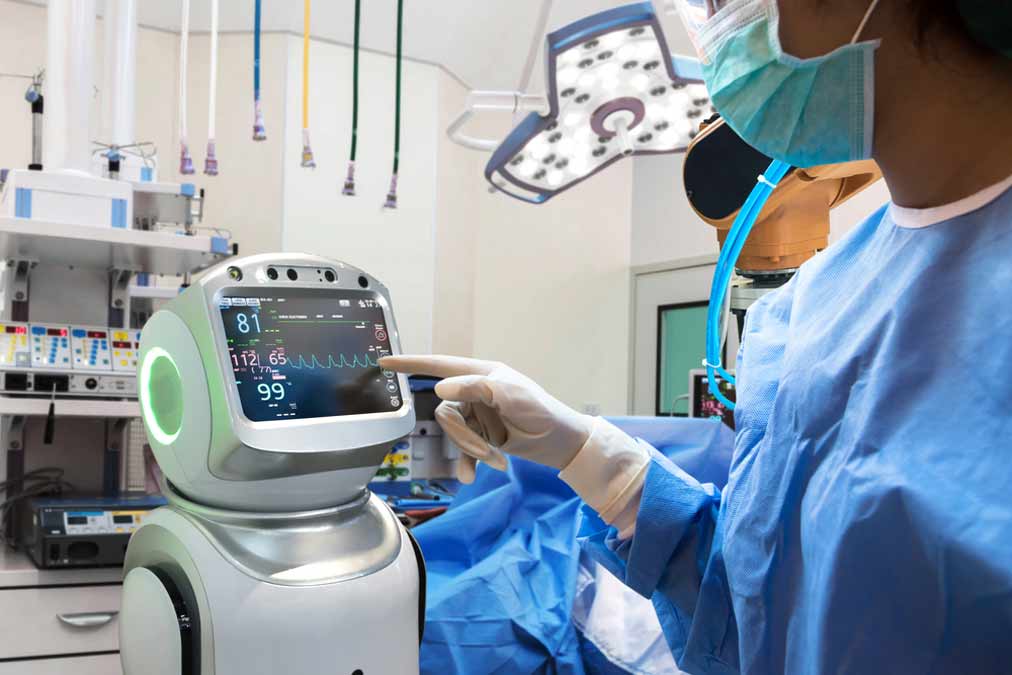
Mary Jaehnig Coleman”™s Ridgefield-based company Pfizer-Jaehnig Soils offers environmental consulting services in Connecticut and New York focused on wetland delineation, environmental impact statements, construction monitoring and wetland permitting. In the course of her career, she has worked on projects involving major entities including IBM, Westchester County Airport and the Turning Stone Casino Resort in Verona, New York, as well as projects involving homeowners seeking permits on their properties. In this edition of Suite Talk, Business Journal Senior Enterprise Editor Phil Hall interviews Coleman regarding her career in soil science.
How did you get into this line of work?
“I was a geology and geophysics major in college. During graduate school, the market fell out for oil and geologists in general, so I went into natural resources. I worked for an engineering company called LandTech and started my own company in 1986.”
Back in 1986, how did you spread the word that you were available for business? And how do you spread the word today?
“In 1986, we still had the Yellow Pages. I was in the directory. Then a few companies called me that needed my work and it established working relations during the years.
“I work with a lot of homeowners who need to identify their wetlands soil for permitting. Each town has a list of consultants that they”™ll accept and that”™s how they get my name. And word of mouth. I work for engineers, architects, surveyors, lawyers and municipalities.”
You are one of the few businesses I”™ve come across that doesn”™t have a website.
“After all of these years, it is word of mouth. I have no website.”
What is it about this work that fascinates you?
“Creating a map from nothing. I take soil samples and visually identify the soil type, and I can create a map for the project.”
When you arrive on a site, what is the first thing you look for?
“First, I do research in a geological setting on the landform type. When you take the soil sample, you are looking at the color and profile and you need to identify how it was formed. In soil science, each soil is given a name, which usually has to do with drainage.”
Can you walk on a site and immediate realize by looking at the soil that something is wrong without having to test it?
“Usually. It is apparent from the vegetation changes. An undisturbed site has a set of trees and shrubs that are native and healthy, but with a disturbed site you get invasive species that tend to take over ”” and they are very apparent when you arrive on the site.”
What are some of the main challenges in this line of work?
“Urban soils and disturbed soils are difficult. With disturbed soils, it is a challenge trying to get the history of the soil when someone has disturbed the site. With urban soils, it is because it has usually been hidden and there have been excavations and filling. You have to figure out which was the parent material and which was the topsoil and what has been done to it.”
What are the tools of your trade?
“I have a shovel and a hand auger. My son works part time with me on the auger on the big jobs.”
You are a one-person company. Did you ever aspire to have a large staff working with you?
“No. I like to keep it small because I”™ve been able to raise my family which is pretty large. I have three sons, two stepdaughters and seven grandchildren.”
How long can these projects last, and how many projects are you handling now?
“Some are one day and some are several years. My longest was IBM world headquarters in Armonk. That lasted a couple of years. I usually work on 10 projects at a time and most of them are very small. It is probably 80% homeowners and 20% commercial.”
How do the property owners and developers react when they get bad news about the quality of their sites”™ soil?
“Not well. I am usually the first person in the project to go out, followed by the surveyors. By the time the news comes, I am usually off the project. It is in the hands of the engineers.”
And what are your future plans for your consulting business?
“I want to work as long as I can.”




















